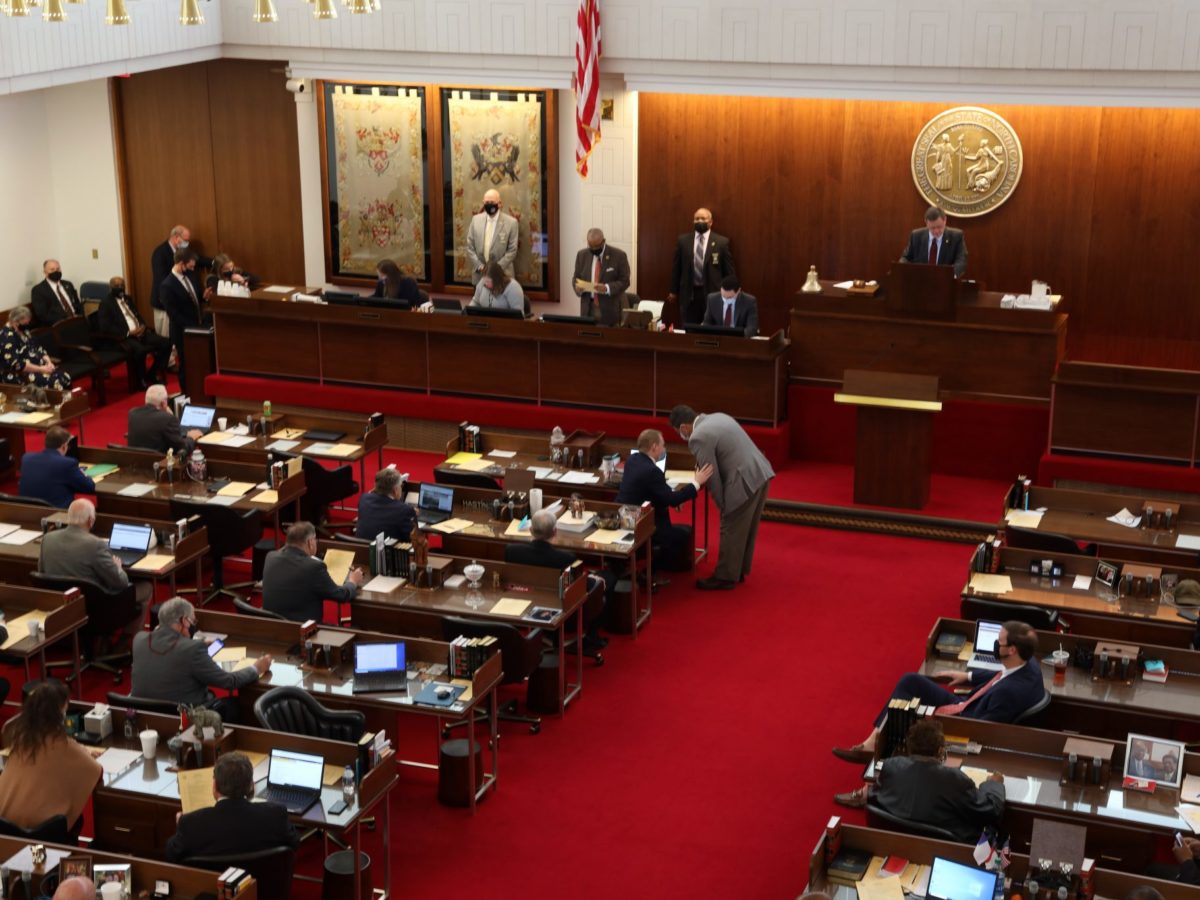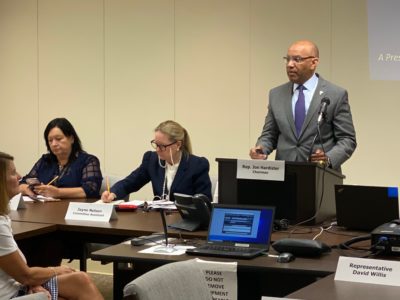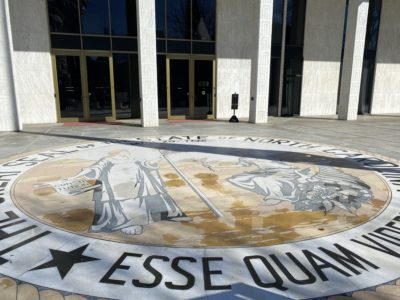

North Carolina has entered a remarkable — and remarkably fraught — period of decision-making. State government is awash in an extraordinary flow of money, and yet awash in budgetary uncertainty as well.
A revealing moment came this week when Democratic Gov. Roy Cooper attached numbers to budget-target negotiations between House and Senate Republicans that the legislators had yet not disclosed. House Republicans and Senate Republicans have gone back and forth privately with budget-target offers. The News and Observer subsequently reported on a budget document indicating legislators closing in on a target between $25.5 billion and $25.9 billion.
That range falls substantially below overall General Fund spending of $27.3 billion in the budget that Cooper recommended in March and his revised $26.6 billion plan when he accounted for federal funds freshly available. In a state budget in which nearly six out of 10 dollars go to public education, North Carolina’s schools, community colleges, and universities have much at stake in the internal maneuvering over a gap in the hundreds of million or even a billion dollars.
Developing an omnibus budget is always a jigsaw puzzle of sorts, involving estimates of revenues, assessments of the needs of people and places, and a mixture of politics and policy. This year, as the nation and state emerge from a pandemic that unmasked and exacerbated disparities in the economy, health, and education, the puzzle has expanded beyond its conventional dimensions with a massive infusion of federal funds and an accumulation of unspent state revenues.
The Biden administration’s American Rescue Plan, enacted by Congress in March, sends $5.7 billion to North Carolina state government, plus millions to local governments and school systems. On top of earlier pandemic-relief packages, the extraordinary federal assistance gives North Carolina an opportunity to address an array of needs and challenges, ranging from expanding early childhood enrichment, to providing community colleges with equipment to improve the workforce, to upgrading school buildings so that young people have safe, modern learning environments, and to closing the digital divide with all-state broadband.
The state’s own revenue accumulation arises from a confluence of factors: the governor-legislative stalemate that kept spending tied for two years to an outdated pre-pandemic budget; and the state’s financial, pharmaceutical, technology, and education sectors that proved resilient during the pandemic with employees working from home and paying taxes on their incomes. An updated consensus forecast is expected soon to show unspent revenue totaling in the neighborhood of $7 billion.
Of course, it’s far better to have money than not. Still, there is an important difference among the jigsaw pieces. The federal stimulus and the unspent state funds are one-time nonrecurring revenues, while much of the General Fund budget consists of recurring revenues that fund people and programs year after year.
For example, nonrecurring revenues could be used to give educators a one-time bonus. Base salary increases for educators that remain in effect year after year would come from recurring revenues.
Now, North Carolina is awash mostly in nonrecurring revenues; the rescue-act funds have a four-year time frame. North Carolina remains awash in uncertainty over the General Fund negotiations between House and Senate Republicans and between GOP lawmakers and the Democratic governor, who has the power of veto.
Whether North Carolina can build upon the unprecedented federal funding and sustain advances, especially in education, in the medium-term is made more uncertain by Republican lawmakers’ push for another round of tax cuts. Since 2013, the legislature has enacted tax changes — notably, a lower and flat personal income tax rate and a lowest-in-the-nation corporate tax — that reduced state revenues by more than $4 billion in 2019-2020. Now a push is on to phase out the state corporate income tax, to reduce franchise taxes, and to sweeten the package by lowering the personal income rate and increasing the standard deduction — ultimately at a cost of an additional billion or so in revenues.
North Carolina is caught between competing dynamics — between a federal government propelled by the pandemic into an expansive phase and a state government still pulled toward a restrained public sector. Eliminating the corporate income tax would narrow the diversity of sources of revenue and further erode the overall tax base to support a modern top-10 state. The renewed argument that individuals always spend money better than their government remains a time-worn bromide — refuted by North Carolina’s own history as a good-roads state, as a model of public higher education, and as a civic community with a constitutional mandate to give all its young people an opportunity for free and sound basic education.




